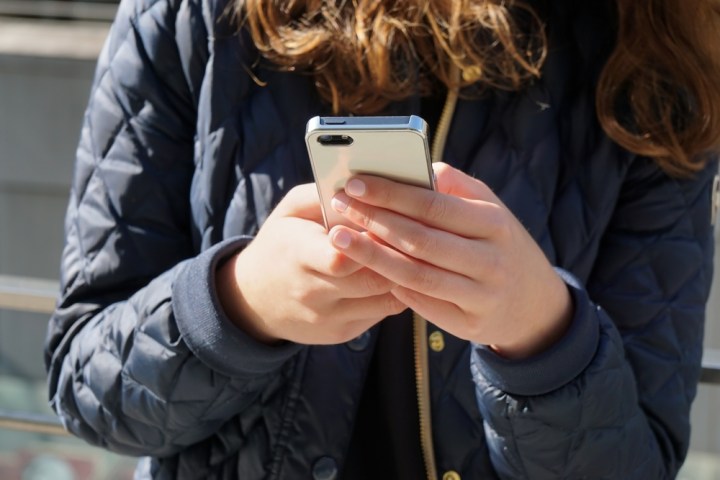
The ubiquity of smartphones is even more pronounced among certain age groups and demographics in the U.S. — unsurprisingly, younger generations are particularly attached to their iPhones and Androids, with 86 percent of individuals between the ages of 18 and 29 declaring themselves owners of such a device. Eighty-three percent of those aged 30 to 49 own a smartphone, and an impressive 87 percent of those in households making more than $75,000 a year own smartphones.
And as smartphones begin to replace the functionality of other devices, it seems that technology like laptops and e-readers have become less of a necessity. Pew suggests that “as smartphones came to prominence several years ago, younger owners perhaps did not feel as much of a need as their older peers to have other kinds of devices.”
Today, according to the recent survey, an overwhelming 92 percent of American adults own a cellphone (which may or may not be a smartphone), making them the most popular devices available. Laptops come next at 73 percent, but after smartphones (68 percent), the drop-off is quite precipitous — fewer than half of U.S. adults own a tablet computer, an MP3 player, or a game console, and less than one in five Americans can claim ownership of an e-reader or portable gaming device.
“These data suggest how the rise of smartphones has been a major story in the universe of connected gadgetry,” said Lee Rainie, who leads Pew’s Internet and technology research. “These changes in device ownership are all taking place in a world where smartphones are transforming into all-purpose devices that perform many of the same functions of specialized technology, such as music players, e-book readers or even gaming devices,” she continued, and the Pew Research team further notes, “[the smartphone] has had a major social, political and cultural impact [and] has changed the way people reach their friends, obtain data and media, and share their lives.”

